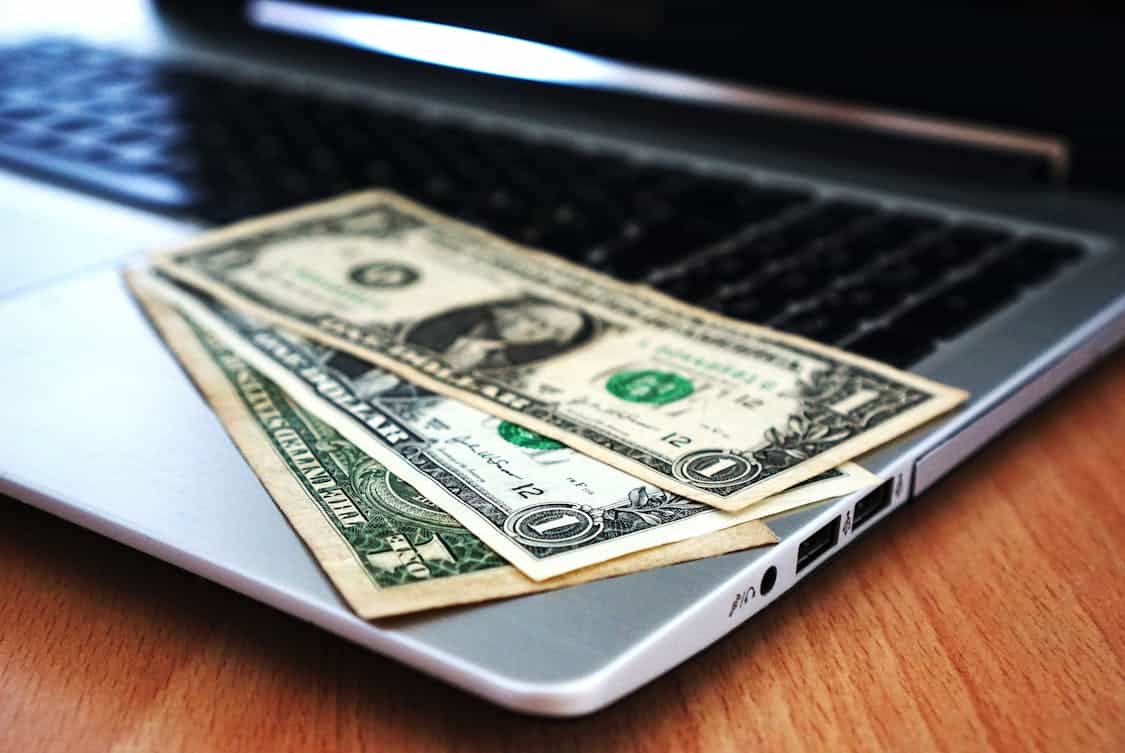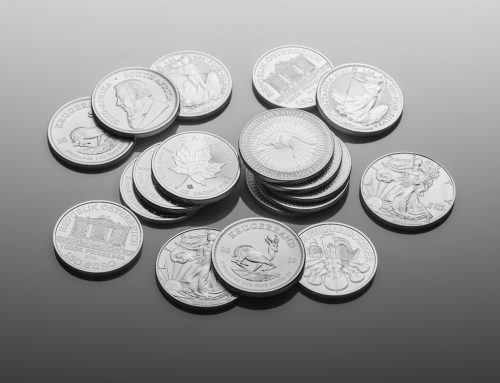Precious metals have fascinated investors and collectors for centuries. Their value fluctuates, influenced by a medley of factors. Here’s a straightforward look at what really drives the price of these sought-after commodities.
Supply and Demand Dynamics
Basic economics tells us that when demand exceeds supply, prices rise. This principle is at the core of precious metal pricing. For example, gold is often favored during economic uncertainty. As more investors rush to secure their wealth, demand increases.
Conversely, when supplies surge—perhaps due to new mining discoveries or technological advancements in extraction—prices can drop. A classic case involves silver, which has been subject to both speculative investments and industrial demand. When tech companies ramp up production of electronics, silver’s value can see a significant uptick.
Economic Indicators
Economic indicators play a pivotal role in shaping the landscape of precious metal prices. Inflation rates, employment numbers, and GDP growth can signal investor sentiment.
When inflation rises, the value of currency can diminish. Investors often turn to gold and silver as a hedge against inflation. They view these metals as a store of value, which can drive prices up during economic downturns. Conversely, in a booming economy, precious metals may feel the pinch, as investors seek higher returns in stocks or real estate.
Geopolitical Events
Geopolitical tensions can send shockwaves through the markets. Wars, political instability, or major diplomatic shifts may lead investors to flock to precious metals for safety.
For instance, during major conflicts or elections that create uncertainty, demand for gold typically surges. It acts as a safe haven, leading to price spikes. Thus, global political events can lead to rapid shifts in precious metal prices, often with little warning.
Currency Strength

The strength of the U.S. dollar holds significant sway over precious metal prices. Generally, when the dollar weakens, precious metals become more attractive to foreign investors. They see the opportunity to purchase more gold or silver for the same amount of money in their local currency.
Conversely, a strong dollar can dampen demand. When the dollar is robust, it takes more of other currencies to buy gold, making it less appealing. This interplay between the dollar and precious metals is pivotal for investors to watch.
Market Speculation
Market speculation can greatly influence precious metal prices. Investors often trade based on their predictions of future price movements. This speculation can create rapid fluctuations, sometimes unrelated to real supply and demand factors.
If you’re looking for a dependable source to track and invest in precious metals, platforms like Money Metals offer accurate pricing and trustworthy service.
For example, news of potential changes in interest rates can lead to speculative buying or selling. If investors believe rates will rise, they may sell off their metal holdings, expecting prices to drop. Similarly, rumors or forecasts about economic conditions can prompt buying frenzies, impacting prices.
Mining Production Costs
The costs associated with mining precious metals can also affect their prices. If mining becomes more expensive due to rising energy costs, labor, or regulations, this can lead to reduced production.
When production decreases, supply tightens, leading to higher prices. Conversely, if mining companies discover new, cost-effective methods or locations, the increased supply may push prices down. Understanding the mining landscape helps paint a fuller picture of the market.
Technological Advances
Technological innovations can have a profound impact on precious metal pricing. New methods for extraction or processing can lower costs, enhancing supply.
Take gold, for example. Advanced mining techniques can make previously unprofitable mines viable. When these technologies are implemented, increased supply can dampen prices. Additionally, technological advances in industries that rely on metals—like electronics or renewable energy—can ramp up demand, affecting market dynamics.
Central Bank Reserves
Central banks play a significant role in precious metal markets. Many countries hold gold as part of their reserves, and decisions made by these institutions can influence prices.
When central banks buy gold, it signals confidence in the metal, often leading to price increases. Conversely, selling off reserves can have the opposite effect. The actions of these financial giants are closely monitored by investors who anticipate market trends based on central bank behavior.
Cultural Factors
Cultural significance can also impact the demand for precious metals. Different cultures value gold and silver in unique ways, especially in regions where these metals are integral to traditions or celebrations.
For example, in India, gold is often seen as a symbol of wealth and prosperity, especially during festivals and weddings. This cultural demand can create seasonal spikes in prices, as the buying frenzy during these times can lead to significant increases in demand.
Investment Trends
Investment trends can dictate precious metal prices, particularly as new generations of investors enter the market. Recently, there has been a growing interest in sustainable and socially responsible investing.
This shift can lead to increased demand for ethically sourced metals. Investors looking for sustainable options may drive up prices for specific types of mined metals, drawing attention to their origins and extraction practices. Such trends can reshape the landscape for precious metals in surprising ways.
The Role of ETFs
Exchange-traded funds (ETFs) have revolutionized how investors access precious metals. These funds allow individuals to invest in metals without needing to hold physical bullion.
The convenience of ETFs has broadened the market, often leading to increased demand. When more investors turn to these instruments, prices can fluctuate based on the buying and selling activity in the funds.
This feature has made ETFs a significant player in the precious metals market, affecting prices more than some might realize.
Seasonal Trends
Certain times of the year can influence precious metal prices. For instance, demand for gold often surges during the wedding season in India, lifting prices.
Similarly, holiday seasons in various cultures can raise demand for jewelry, which in turn affects overall metal prices. Understanding these seasonal trends is crucial for investors looking to time their purchases or sales effectively.
Speculative Bubbles
Occasionally, precious metals can enter speculative bubbles, where prices escalate beyond intrinsic values. This phenomenon occurs when hype drives demand, often leading to rapid price increases that can’t be sustained.
Investors caught up in the frenzy may overlook fundamental factors, leading to potential crashes when the bubble bursts. Recognizing the signs of such bubbles can help investors navigate the volatility of precious metal markets effectively.
Environmental Considerations
Environmental policies and considerations can significantly affect mining operations. Stricter regulations to protect ecosystems can increase costs for mining companies, impacting supply.
As these costs rise, it can lead to higher prices for consumers. Investors are becoming increasingly aware of the environmental impact of mining, and this consciousness can shape market trends, particularly among ethically minded individuals.






